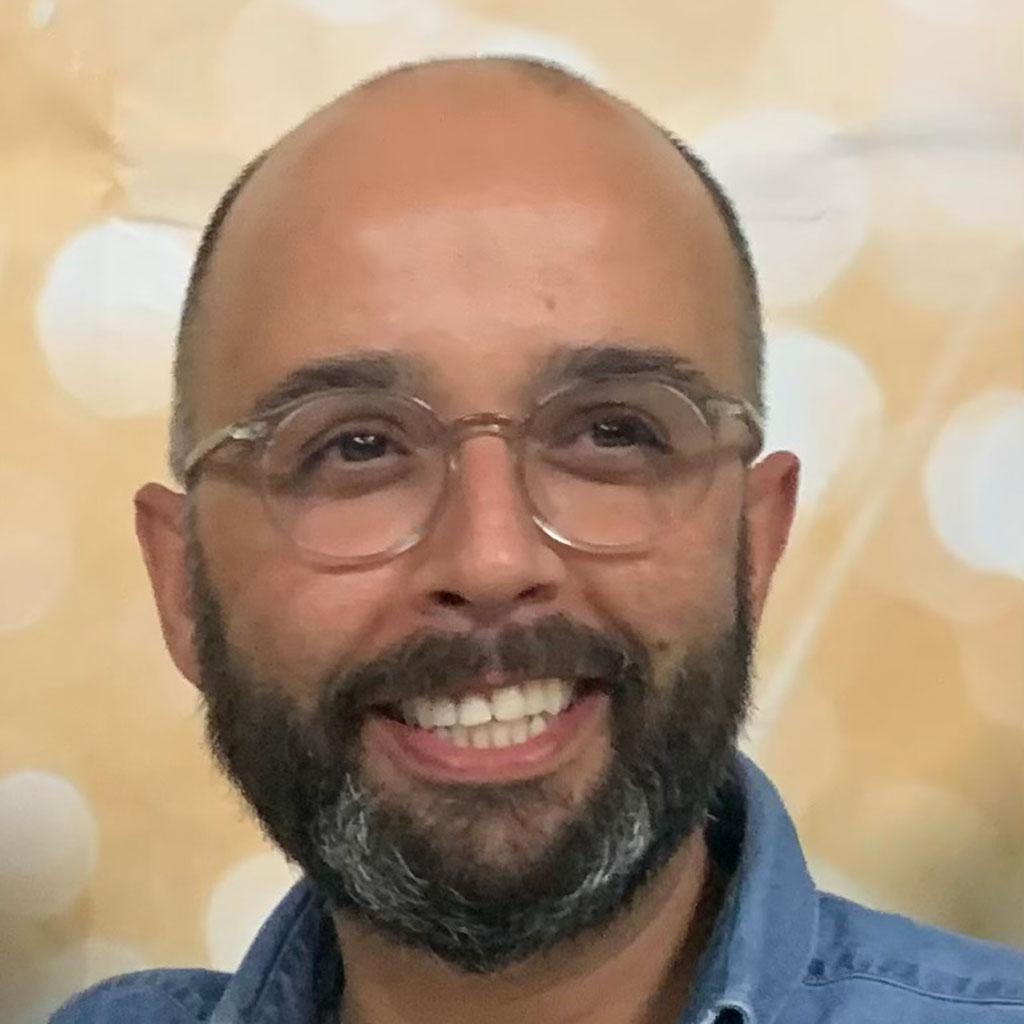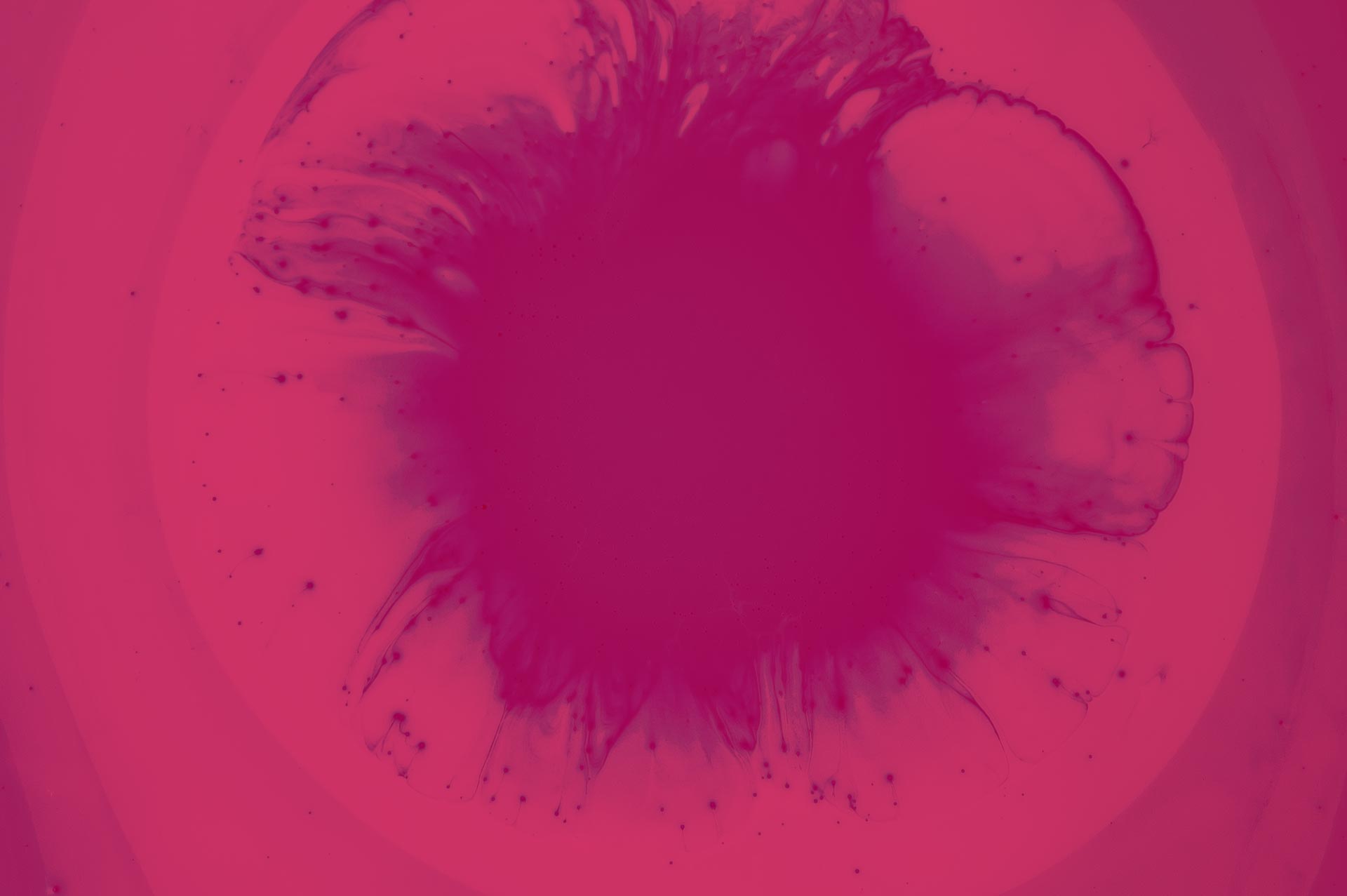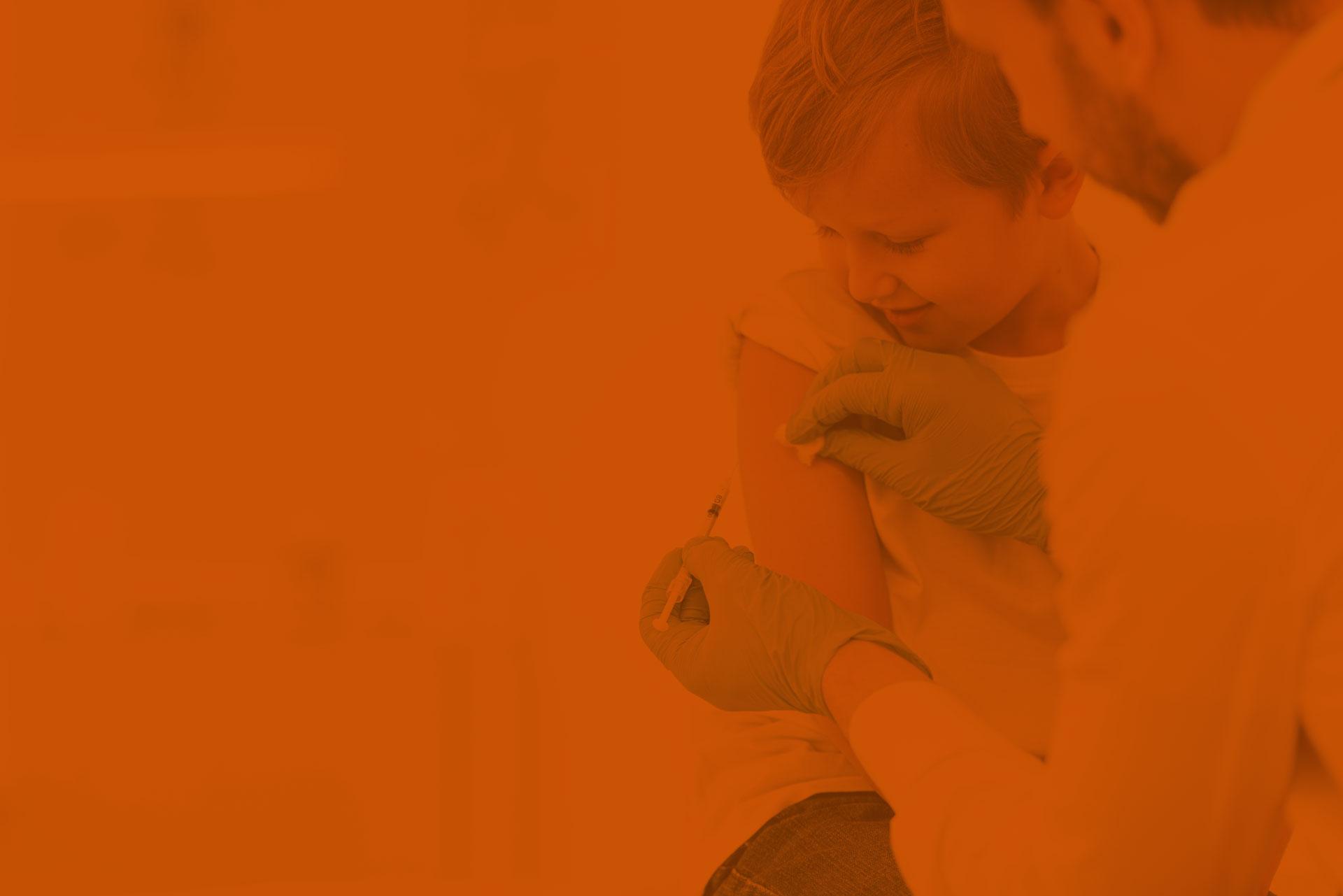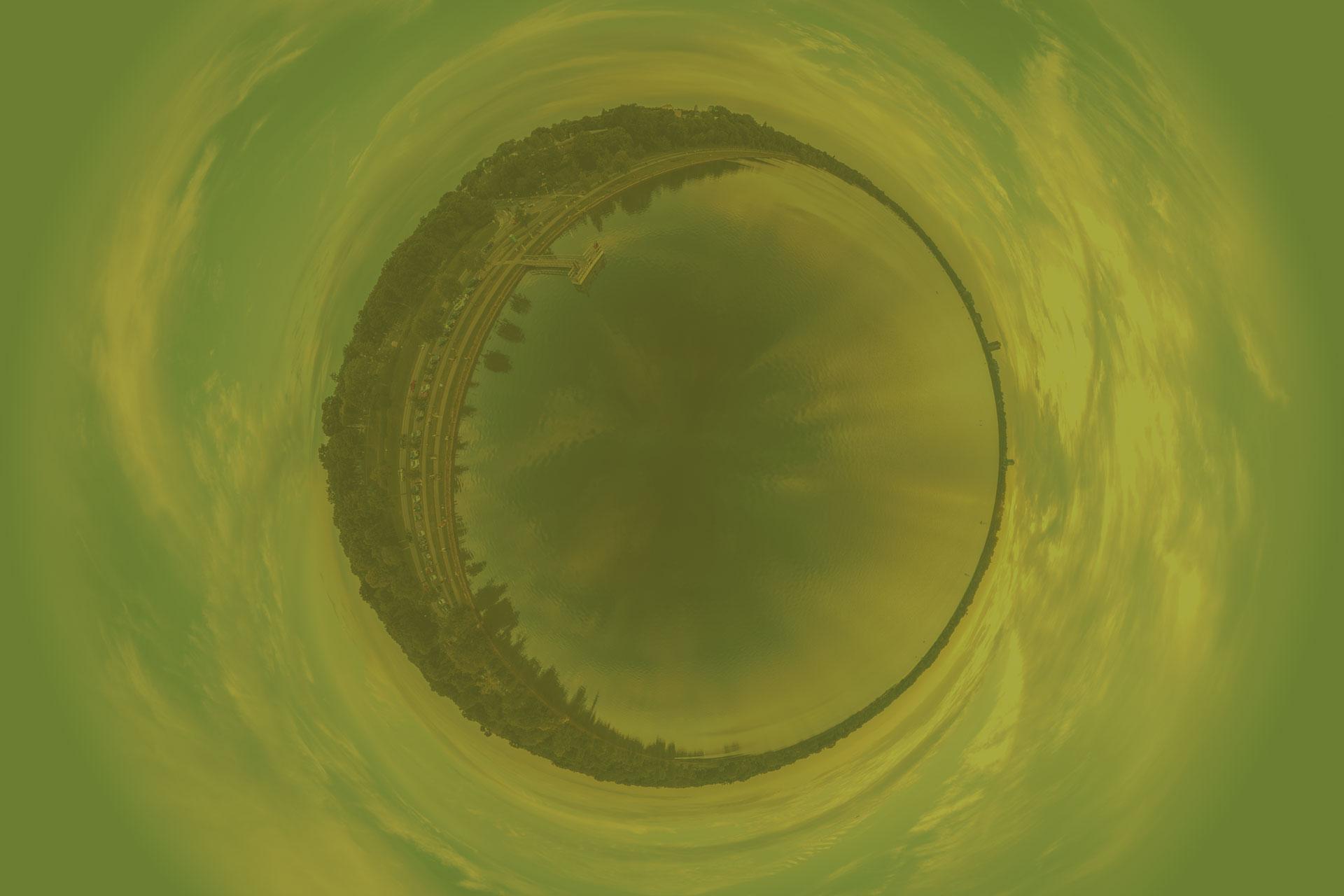Duration: 01/06/2022-31/05/2023
Abstract: Valle da Gafaria (Lagos, Portugal) has become known as the earliest and largest burial site of enslaved Africans ever found in Europe, predating one of the most shameful chapters of Western history, the Transatlantic slave trade. Bioarchaeological evidence obtained from a total of 158 individuals proves they were of African origin and forcefully deported to Lagos in the 15th to 17th centuries. However from which African regions they were abducted, and at what stages of their lives, remains unknown. This makes it difficult to connect them with descendant communities today and to assess Portugal’s early collusion in the slave trade. The combined analysis of the isotopes ratios of strontium, oxygen, sulfur, carbon and nitrogen is a powerful forensic approach to reconstruct past human environments, diets and mobility patterns during different life stages. We will measure these isotopes in early and late forming teeth in the human remains from Valle da Gafaria in collaboration with Portuguese colleagues to reconstruct individual human origins and to document the rapid changes in life conditions including shifts in geological location, climate and diet, as the result of forced migration from West and Central Africa to Portugal. For the first time, we will utilize novel (and yet unpublished) strontium isotope data from West and Central Africa, including the former Portuguese colony Angola, to determine the most likely native homelands of the enslaved people from Valle da Gafaria.
Participants: Sofia Wasterlain (CIAS), Maria Teresa Ferreira (CIAS), Ana González Ruiz (CIAS, Research fellow), Carina Leirião (CIAS, Research fellow)
Partner institutions: University of California in Santa Cruz
Financial support: National Geographic (Grant # NGS-92850R-22)
Duration: 2022-2023
Abstract:
Coordinator: Jesús Acero Pérez
Participants: Filipa Cortesão Silva (CIAS)
Partner institutions: University of Seville
Financial support: Fundación Palarq, 5.000€
Reference:
Duration: 2021-2026
Abstract:
Coordinator: Christophe Snoeck
Participants: Filipa Cortesão Silva (CIAS)
Partner institutions: Vrije Universiteit Brussel
Financial support: Financiamento: H2020-EU.1.1. Excellent Science. European Research Council (ERC). Starting Grants (2020)
Reference: Grant agreement ID: 948913
Duration: 2021-2023
Abstract: This project proposes a three-year action plan for the requalification and valorization of the archaeological and paleontological heritage of the Mesolithic complex of Muge (Central Portugal), classified as National Monument since 2011
Coordinator (PI): Célia Gonçalves and Cláudia Umbelino (CIAS)
Financial support: FCT – Fundação para a Ciência e a Tecnologia, Portugal
Reference: ALG-01-0145-FEDER-29680
Duration: 2021-2023
Abstract:
The main objectives of this research and valorization project are:
- Studies of archaeological contexts and inventory and valorization of their collections,
- Creation of a heritage sensitivity map of the historical center of Almada,
- To consolidate Almada City Council’s public archaeology service,
- Execution of programmed archaeological works, in a framework of urban archaeology,
- Development of interaction strategies between the community and the archaeological and built heritage.
Coordinator: André Teixeira (CHAM)
Participants: Francisco Curate (CIAS)
Partner institutions: Câmara Municipal de Almada / CHAM — Centro de Humanidades da Faculdade de Ciências Sociais e Humanas da universidade Nova de Lisboa.
Financial support: Câmara Municipal de Almada
Duration: 2021-2023
Abstract: The Muge and Sado sites in Portugal are exceptional in many aspects. Dated from the late Mesolithic, they delivered the human remains of the last hunter-gatherers from Portugal and Europe. Estimated at nearly 400 individuals, buried within the shellmiddens, these series represent the largest European sample for this period. However, taphonomic processes, particularly the weight of sediments and shells, have affected the bones (fragmentation, deformation, crushing) and do not always allow a complete study of the individuals using a classical approach.
The main objective of this study is, based on three-dimensional imaging data, to virtually reconstruct individuals from the Portuguese Mesolithic corpus in order to better understand the cranial morphological variability of the last hunter-gatherers in Portugal. This objective will be completed by paleodemographic and palaeopathological studies.
Key words: Late mesolithic; three-dimensional imaging; 3D reconstructions; geometric morphometry; paleodemography; paleopathology
Coordinator: Dany Coutinho Nogueira (CIAS)
Supervisor: Cláudia Umbelino (CIAS – University of Coimbra)
Financial support: Fondation Fyssen
Duration: 16/09/2021-15/01/2022
Abstract: The project has pursued a dual objective. On one hand, it aimed to study the evolution of rural settlement in the Municipality of Santaella (Cordoba, Spain) from Prehistory to the Contemporary Age. In this regard, archaeological surveys have been carried out, with special attention given to the Protohistoric, Roman, and Late Antique Periods. On the other hand, a Heritage Charter has been developed, which has served as a tool for heritage management for the municipal and regional governments.
Coordinator: Mercedes Oria-Segura
Participants: Enrique García-Vargas, Luis-Gethsemaní Pérez-Aguilar (CIAS)
Financial support: Contrato com empresas (Arts. 68/83 LOU), Ayuntamiento de Santaella e a Universidad de Sevilla
Reference: 4325/1133
Duration: 2020-2024
Abstract: The project aims to investigate the relationship between chronic stress, age, health conditions, and immune status concerning the development and severity of syphilis in documented skeletal samples. It seeks to enhance our understanding of historical factors influencing disease vulnerability and their impact on human experiences. The research may also offer insights for modern syphilis screening and diagnosis by identifying host characteristics associated with persistent infection.
The research team will analyse human host traits linked to syphilis resolution in early stages (primary, secondary) and persistence in late stages (tertiary), which can lead to severe symptoms and even death. They will use data from skeletal collections, looking into factors like chronic stress, nutrition, age, co-morbid diseases, and excessive inflammation (hyper-inflammatory response/phenotype) associated with late-stage syphilis. Additionally, they plan to develop a multi-stage interpretive model for bioarchaeological studies of syphilis, enabling the reconstruction of a host’s immune status during early and late-stage infection.
The University of Coimbra, with the participation of researcher Célia Lopes from CIAS, will collaborate on this project, providing access to identified osteological collections, namely to the individuals previously identified as having suffered from syphilis during their lives.
Coordinator: Molly Zuckerman
Participants: Célia Cristina Rodrigues Lopes (CIAS)
Partner institutions: Universidade Estatal do Mississippi
Financial support: Nacional Science Fundation (USA)
Reference: 1946203
Duration: 2020-2022
Abstract: The primary goal of the VAPP Project is to document and interpret patterns of external and internal dental morphological variation among prehistoric humans spanning the Upper Paleolithic to Bronze Age of Portugal. A biocultural approach that grounds human biological variation (i.e., dental morphology) within the broader archaeological contexts of climatic, environmental, and socioeconomic change will be used. Through an interdisciplinary and integrative methodology, we will address aspects prehistoric population dynamics and dental structural reduction using a temporally-sensitive microregional sample. Furthermore, the integrated methodology provides cross-validation for traditional (external) and virtual (internal) approaches to dental morphology. An open-access database of VAPP Project results will be established to facilitate increasingly fine-grained regional and interregional analyses by other researchers. Consequently, results from the VAPP Project will inform our understanding of major biocultural transitions in prehistoric Portugal, while simultaneously advancing existing methodologies, and facilitating future research through the principles of Open Science. There are four research objectives: 1) analyze external crown and root morphology; 2) analyze internal dental morphology using virtual methodologies; 3) interpret patterns of morphological variation across temporallypartitioned groups of Upper Paleolithic, Mesolithic, Neolithic, Chalcolithic, and Bronze Age peoples; and 4) crossvalidate the methodologies.
Coordinator (PI): John Charles Willman
Participants: Cláudia Cunha (CIAS), Tiago Tomé (CIAS), Luís Marado (CIAS), Vítor Matos (CIAS)
Supervisor: Ana Maria Silva (CIAS)
Funding: Marie Sklodowska-Curie Individual Fellowship – Call H2020-MSCA-IF-2018
Duration: 2020-2021
Abstract: O objectivo deste projeto é abordar as mudanças culturais ocorridas entre o Neolítico final e a Idade do Ferro (4º e 1º milénios a.n.e.) na região do Sudoeste da Península Ibérica recorrendo à análise da mobilidade, dieta e parentesco dos grupos humanos.
As evidências arqueológicas revelam mudanças culturais marcantes nestes períodos, mas a questão mantém-se: os produtos e ideias eram simplesmente trocados, ou com eles, migravam pessoas, estabelecendo-se nos novos territórios por necessidade, alianças, uniões ou outras razões menos perceptíveis? Para responder a esta questão o presente projecto baseia-se em dados biológicos, ou seja, obtidos através dos restos ósseos destes indivíduos. Para tal serão consideradas amostras osteológicas provenientes de diferentes tipos de túmulos e dos períodos cronológicos seleccionados, com o perfil demográfico e patológico já analisado e datadas com radiocarbono, de modo a confirmar a sua cronologia. Estão incluídas amostras do Neolítico Final/Calcolítico (Monte Canelas I, São Paulo II), da Idade do Bronze (Casas Velhas, Torre Velha 3) e da Idade do Ferro (Vinha das Caliças 4, Monte da Esfola) correspondendo a cerca de 200 indivíduos. De seguida serão realizadas as análises dos isótopos estáveis para caracterizar a mobilidade e dieta destas comunidades humanas. A mobilidade será abordada pela análise dos isótopos de estrôncio e oxigénio do esmalte dentário, permitindo distinguir indivíduos locais e não locais e, deste modo, traçar padrões de migração. A reconstrução da dieta será feita através da determinação do rácio dos isótopos de carbono e nitrogénio de amostras de colagénio retiradas dos ossos humanos. Estes possibilitam averiguar qual a proporção da dieta destes indivíduos é de origem terrestre ou marinha, animal ou vegetal. Serão ainda incluídas amostras de fauna de diferentes cadeias tróficas para servirem de padrão representativo das áreas geográficas analisadas. As relações biológicas entre as diferentes amostras serão estabelecidas através da análise dos traços não métricos dentários, já que a morfologia dentária é, em grande medida, geneticamente determinada. Deste modo pode ajudar a discernir a distância biológica entre estas comunidades humanas.
Por fim, será realizado uma avaliação conjunta dos dados antropológicos e arqueológicos existentes, incluindo das práticas funerárias, com os obtidos no presente projecto e novas pistas e padrões podem surgir para explicar as mudanças culturais das populações humanas entre os séculos 4º – 1º milénios a.n.e. na região do Sudoeste da Península Ibérica.
Coordinator (PI): Ana Maria Silva (in Portugal) and Marta Díaz-Zorita Bonilla (in Germany)
Participants: Linda Melo (CIAS), Luís Marado (CIAS), Javier Escudero Carrillo
Financial support: Cooperação Transnacional – Acordo de Cooperação Científica entre Portugal e Alemanha (FCT)




